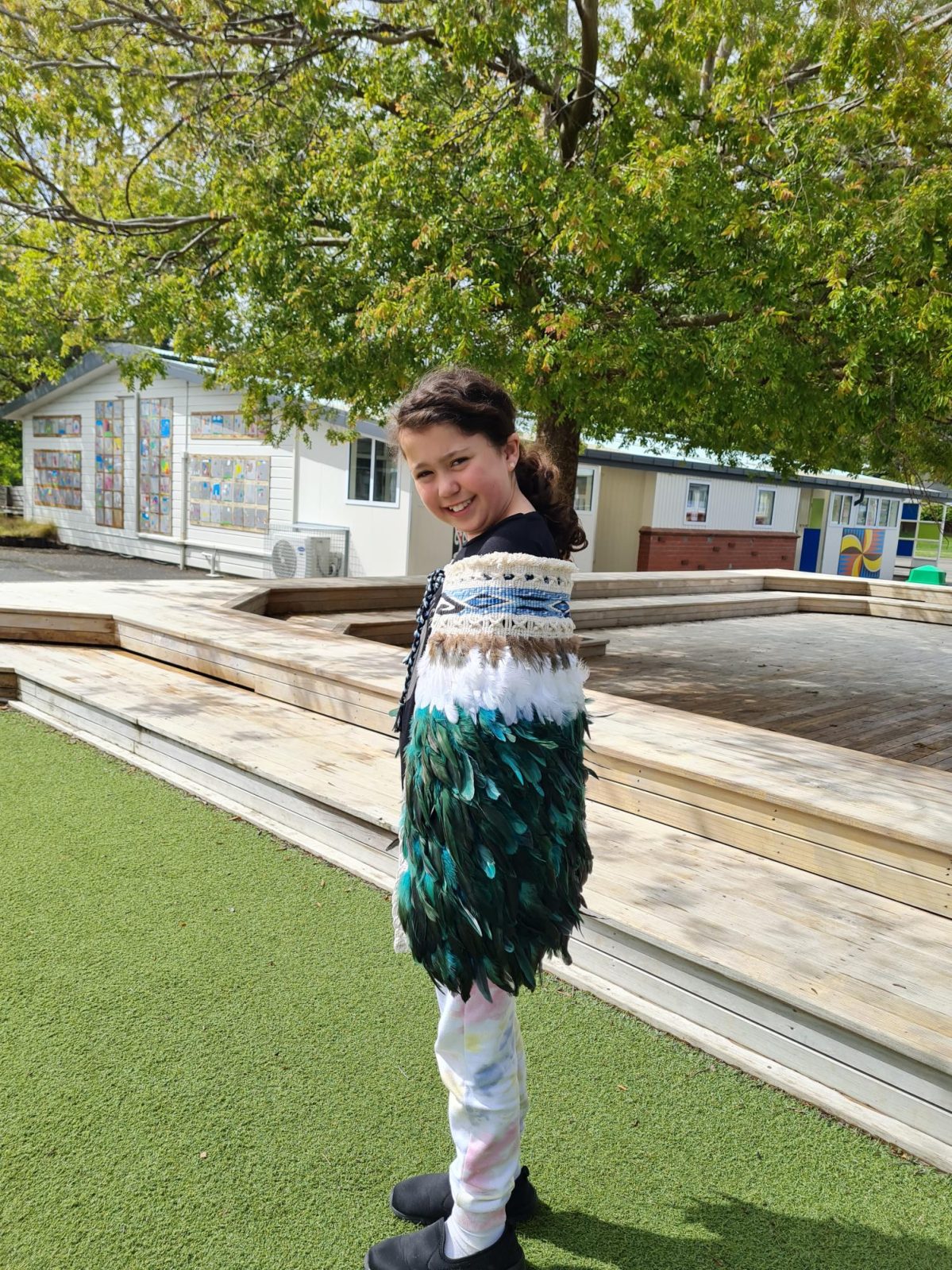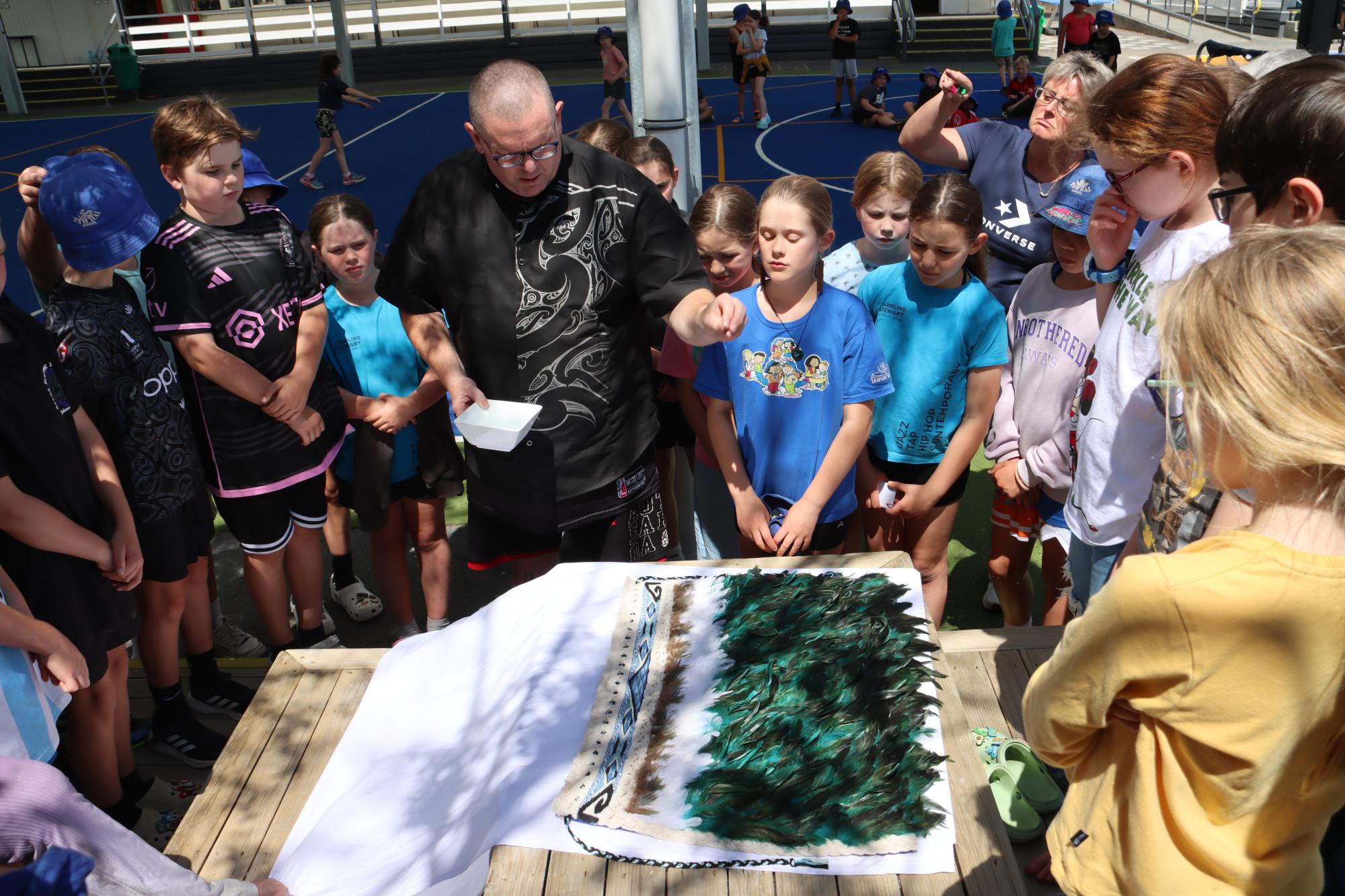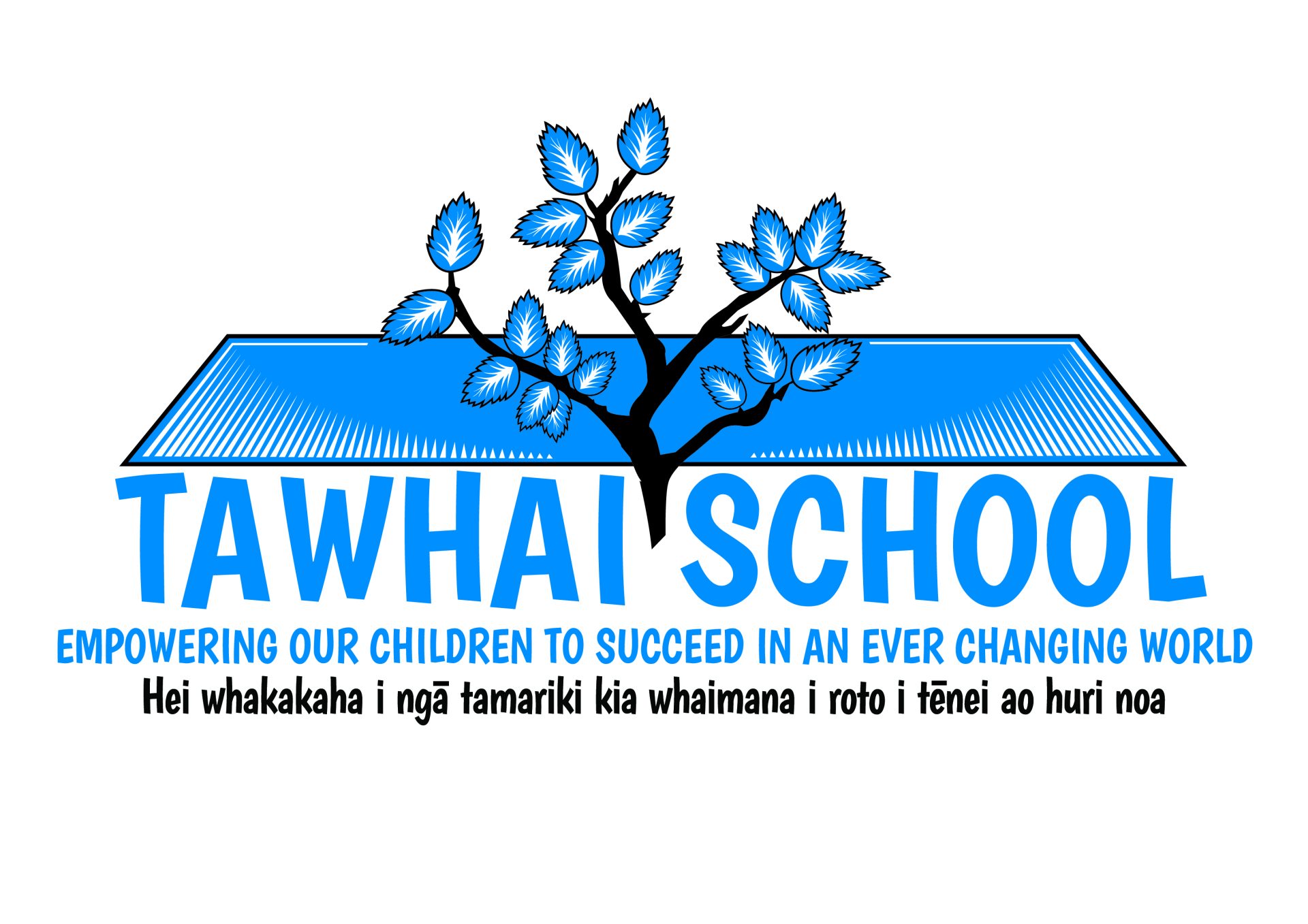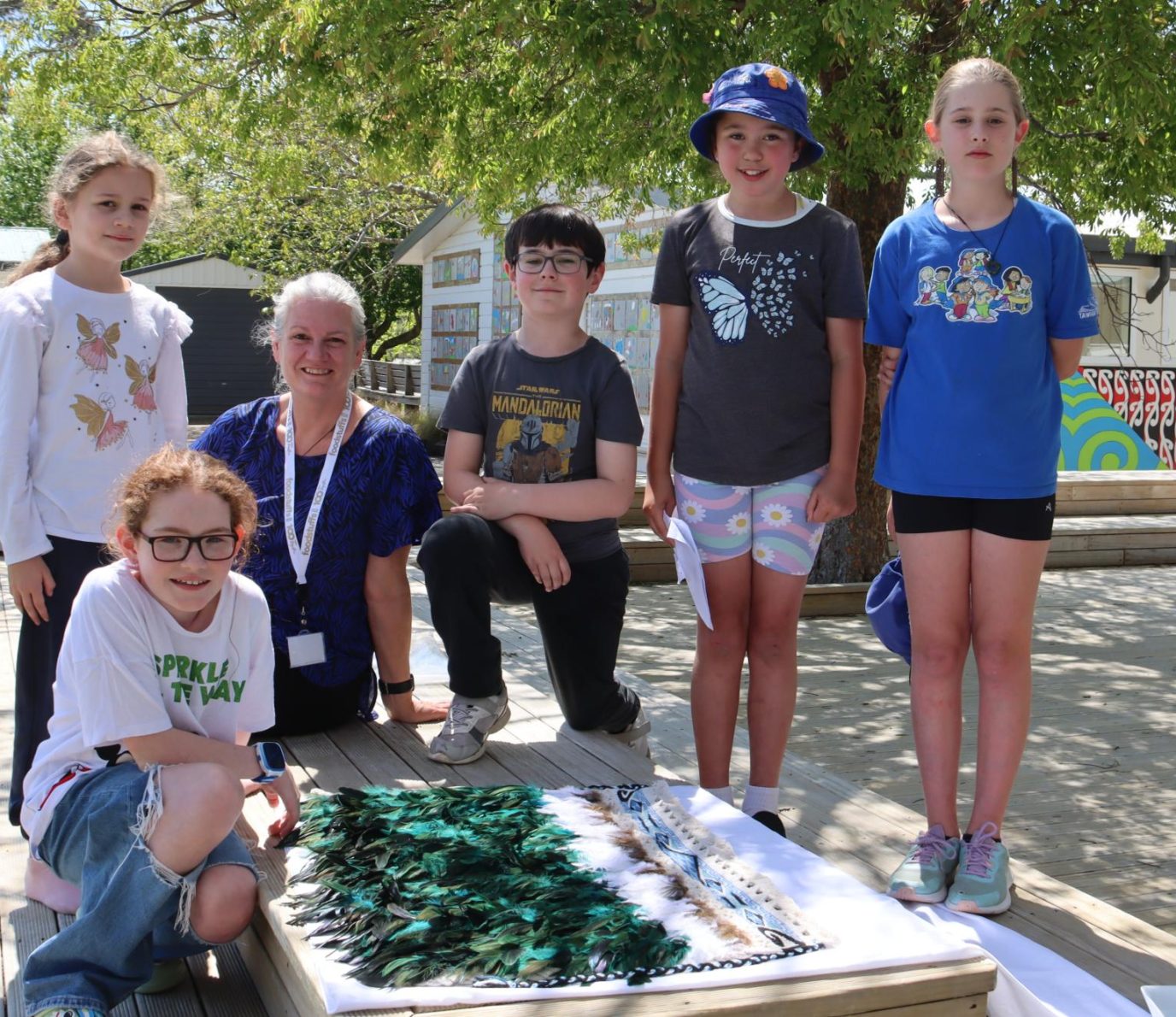It is with great pleasure that we introduce you to our first kākahu taonga that has been blessed and gifted to Tawhai School by Jaydy Marsh and the whatu group. A BIG thank you to Matua Mike for blessing the Kākahu.
This taonga has been lovingly made using traditional Māori
whatu (weaving) techniques blended with modern materials.
We are particularly grateful to the Hutt City Creative
Communities NZ grant for their funding and support. The aroha
and mahi of many students and parents have been woven into
every stitch.
This kākahu is named Te Puāwai. This name means “to
bloom, come to fruition” and complements the whāinga (goal)
of Tawhai School of helping our precious tamariki grow and
flourish.
A special mention needs to go to Diana Wright for creating the
central braid with colours to represent our Tawhai values.
These will be wrapped around the person who wears this
taonga.
May the wearer be embraced with all the aroha of the Tawhai
School community and flourish in this ever-changing world we
live in.
The story of Te Puāwai
A traditional kākahu (cloak) is crafted with symbolism to tell a
story that represents cultural pride, honour, and identity.
The type of kākahu we have crafted is called a Kahu
huruhuru; A cloak where feathers are the predominant feature.
The feather colours have been chosen to represent our
blending with the community and environment.
The final tie incorporates a four-prong braid to represent
our school values wrapped around the wearer.
The tāniko pattern has been designed by students with
colours they have chosen.
The Tāniko

The tāniko starts with a Koru to symbolise new beginnings
when our students start their journey at Tawhai School.
The central part is a Niho Taniwha to represent
whakapapa, strength, stability, and identity.
Running through the middle is Patikitiki to represent fuel
for the brain, mind, imagination, and dreams. There are
four main diamonds to represent the four cornerstones of
wellbeing.
Wrapping around the top and bottom is Poutama to
symbolise the pursuit of knowledge. The steps all go
towards the Niho Taniwha.
The tāniko finishes with a Koru to symbolise the
advancement to the next stage in their life.
The four main tāniko elements used (Koru, Niho Taniwha,
Patikitiki, Poutama) were chosen to complement our
school values of Resilience, Integrity, Responsibility &
Respect.
When the kākahu is worn, the two Koru meet to form a
Mangōpare. The symbol of leadership, courage, strength, and
tenacity.
The story of Te Puāwai pdf




